Thank You, Healthcare Workers!
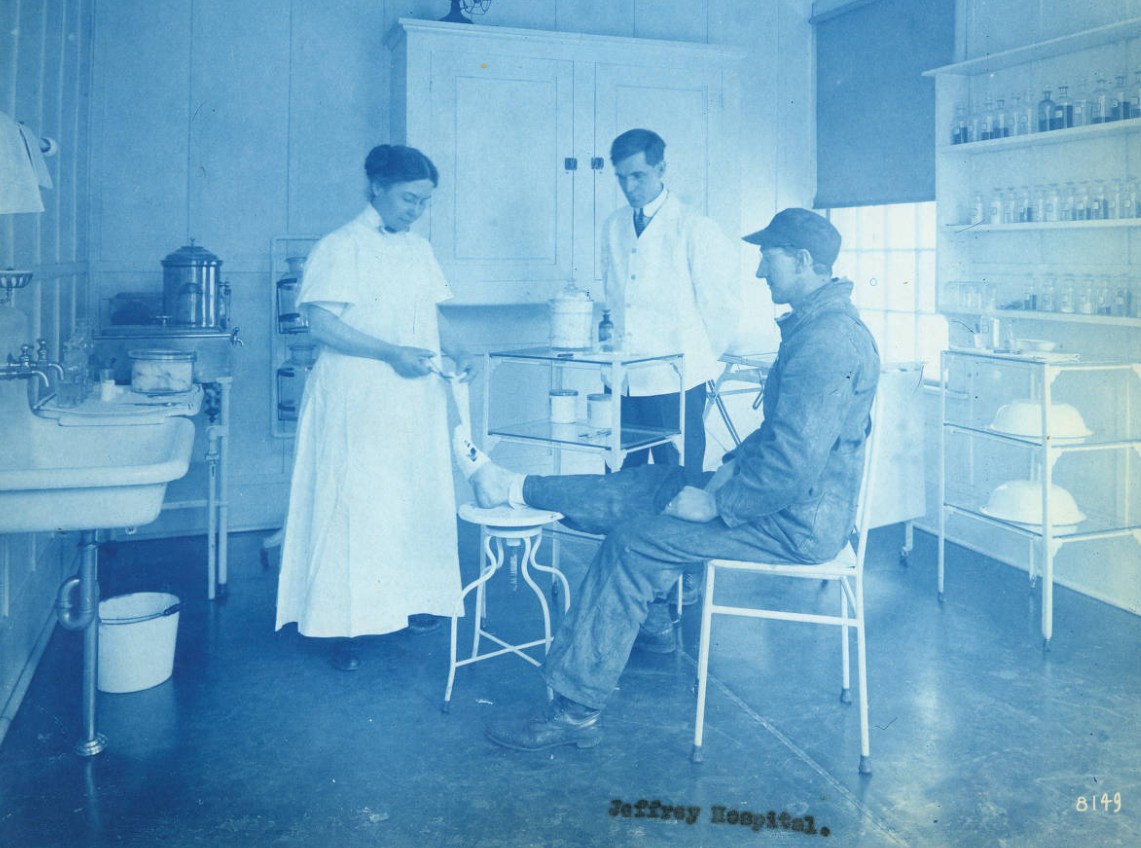
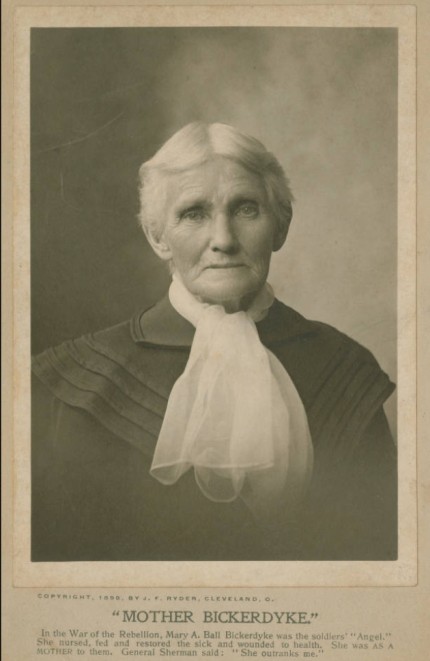
For helping us through illness and injuries caused by everything from pandemics to wars to everyday life, we would like to share our appreciation and gratitude for the healthcare workers who support us in many different ways. Read on to learn more about some of the people who have kept us safer and healthier throughout our state’s history.
Mary Ann Bickerdyke was a nurse in the Union Army during the Civil War. She was born near Mount Vernon, Ohio, and attended Oberlin College before starting her nursing career during the cholera epidemic of 1837. Bickerdyke spent the Civil War traveling with various armies, including those of Ulysses S. Grant and William Tecumseh Sherman, and often risked her own life by entering battlefields to search for wounded soldiers. She also served as an agent of the United States Sanitary Commission and established more than three hundred field hospitals during the war. “Mother” Bickerdyke’s advocacy for Union soldiers continued after the war as she helped veterans apply for their pensions and arranged land and transportation for those hoping to settle in Kansas. She also secured pensions for more than three hundred women nurses who served in the war.
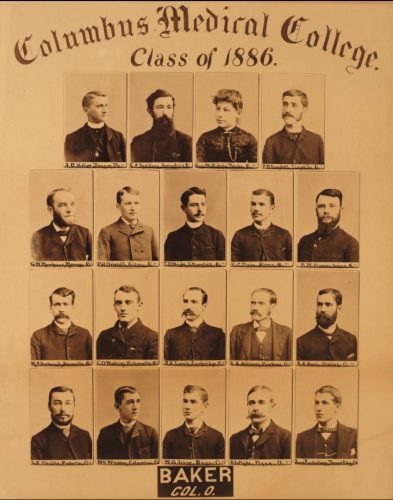
The first medical college in Ohio was chartered by Daniel Drake in 1819. Known as the Medical College of Ohio at the time, it is now the University of Cincinnati College of Medicine—the oldest medical college west of the Alleghenies and the second-oldest public medical college in the U.S. Historically, new doctors learned medicine by apprenticing with an experienced physician. Drake hoped that bringing doctors from different parts of the country to the school would give students multiple perspectives and ultimately improve patient care.
Many other medical schools followed, including the Columbus Medical College (one of the predecessor schools of The Ohio State University College of Medicine) in 1876. The college graduated roughly 500 students, including three women, before merging with another school in 1892.
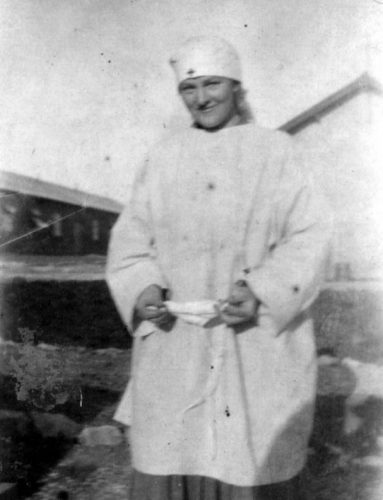
In 1889, the Jeffrey Manufacturing Company (Columbus-based makers of equipment for mining, transporting, and processing underground coal) established one of the earliest industrial infirmaries in the U.S. Staffed by a full-time doctor and nurses, the onsite hospital allowed employees to receive quick treatment for injuries suffered at work (as seen in the banner image of this post, above)—a significant benefit at a time when Americans paid for medical care out of their own pockets. Today, the former Jeffrey Manufacturing building is home to the State Library of Ohio.
After completing her medical training in 1913, Lois Campbell worked as a private nurse and with the Dayton Board of Health. In January 1918, she was called up from the U.S. Army Nurse Corps Reserve. Her service included nearly eight months at an Army camp in Le Valdahon, France, where this photo was taken. There she had to deal with the influenza epidemic in addition to battle injuries; at one point in September 1918, the 300-bed hospital was treating more than 1,300 patients.
The Army Nurse Corps had roughly 400 nurses on active duty when the U.S. entered World War I in 1917. By the following year, that number had grown to more than 21,000, with 10,00 serving overseas in military hospitals and ambulance companies. More than 59,000 nurses would serve in the ANC during World War II.
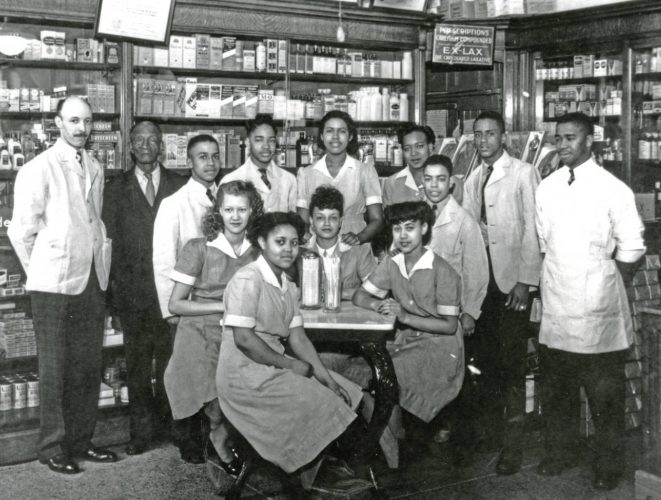
A bookkeeping job at a Pittsburgh, Pennsylvania, pharmacy first sparked Ella Phillips Stewart’s interest in becoming a pharmacist. In 1916, she became the first African American woman pharmacist in Pittsburgh and one of the first in the U.S. In 1922, Stewart and her husband, William, settled in Toledo’s Pinewood district and opened Stewart’s Pharmacy, the first African American-owned drug store in the city. The building became a neighborhood gathering place that fostered community as well as health. Stewart became active in local, state, and national associations, where she spoke out against racism and championed civil rights. She also traveled the world as a goodwill ambassador for the United States, and in 1963 was appointed Commissioner for the United Nations Educational, Scientific, and Cultural Organization (UNESCO).
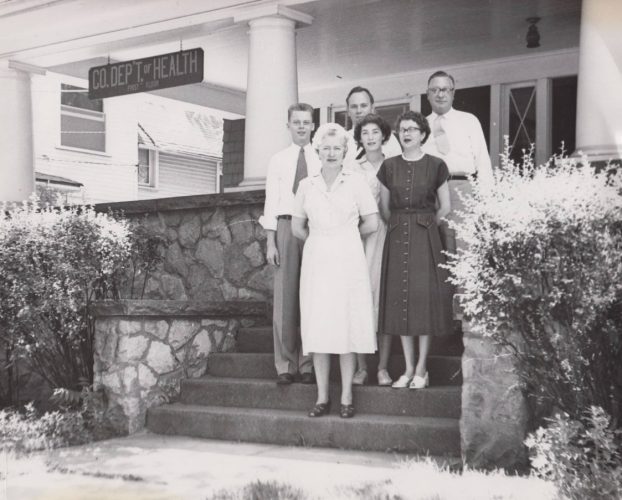
At the beginning of the twentieth century, Ohio had more than 2,100 health districts. All townships and municipalities in the state were permitted to operate their own health districts, which were often staffed by part-time employees with little medical training. Two state laws passed in 1919, the Hughes Law and the Griswold Act, addressed these issues and established the framework for modern local health departments. Population-based city and county health districts were organized; each was staffed by at least a nurse, a clerk, and a full-time health commissioner who reported to a five-member board of health. Today, Ohio has 113 local health departments that are responsible for supporting healthy behaviors for residents; monitoring, preventing, and mitigating the spread of disease; monitoring environmental health (such as food safety and sanitation); and responding to emergencies.
To everyone who helps us stay well and also helps us when we aren’t—thank you!
Thank you to Stephanie Michaels, Research and Catalog Services Librarian at theState Library of Ohio, for this week’s post!
Ohio Memory is celebrating 20 years! Visit our blog all year long to learn more about our program, partners and collections.



Leave a Reply
You must be logged in to post a comment.